What Reading Level Should a First Grader Be At?
Throughout elementary and middle school, reading levels are a core component of education. The reading level determines what your child is capable of reading and comprehending. Knowing what level they’re at will allow you to practice with them to enhance their skills and figure out how they compare to the rest of their class.
A first grader should be at a reading level between 3 to 12. Higher reading levels indicate that they’re near the top of their class, but there’s always room for growth. In some cases, your child might fall below or rise above the range. Practice and proper tutoring will improve their reading level.
In this article, you’ll also learn the following information about what reading level a first grader should be at:
- Basic details that determine reading levels
- How you can help your child improve or adjust their reading skills
- Reading concepts they will learn from the beginning to the end of first grade
- Links to reading resources designed by teachers
What Is a Reading Level?
A reading level is a guide or resource that indicates comprehension, pronunciation, and clarity of a person’s reading. First graders shouldn’t be expected to read the same books as sixth graders, so it’s essential to go slow and steady while they’re learning new skills. This process should flow with the rest of the class, as you’ll learn in the next section.
As explained by Scholastic, there are plenty of reading level guides, including alphabetical, numerical and more. Here are the following reading level indicators: This is not a definitive list and its can be fairly confusing for teachers as well as parents. There are comparison guides, like the one below from real kids mag so that you can properly choose books across levels for your students. We are producing our own Free downloadable one for you as well this week. We have linked to one here but if you have a guided reading system of your own you should be able to find the correct comparison chart as well.

Many publishers use their own systems as well
- Scholastic Guided Level Reading Program
- Scholastic Guided Reading Lexile Ranges
- CCSS Lexile Recommendations
- DRA Level
- PM Benchmark
Since it’s one of the most common methods, we’ll focus on the DRA Level today. As you’ve read in the introduction, a first grader should be reading between 3 to 12. It’s crucial that you remember they won’t be at a 12 right when they start first grade. The next section will detail what they’ll learn throughout the year to bring them as high on the chart as possible.
Note: While 12 is at the top of the list for first graders, you shouldn’t worry if your child isn’t there at the end of the year. It’s not a requirement until the middle of their second-grade year. If they’re already at a 12 in first grade, they’re ahead of the curve. By the beginning of second grade, your child should be around 8.
What Reading Skills They Will Learn in First Grade
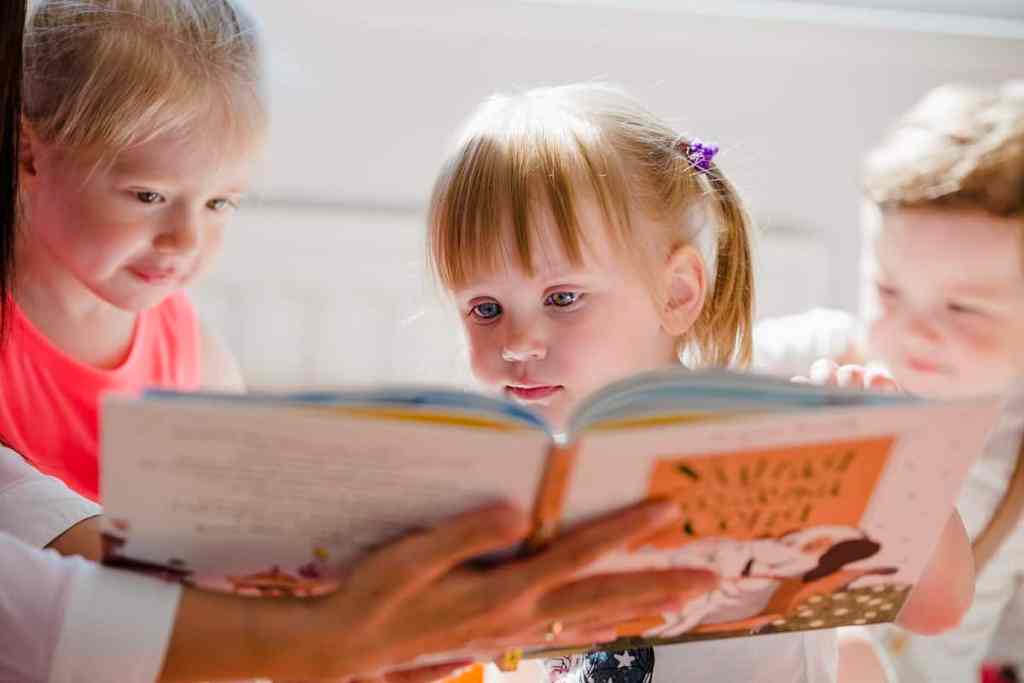
Perhaps the most essential part of learning and reading in first grade is comprehension. Teachers focus on helping your first grader retell stories and understand what they’re saying rather than merely repeating what they’ve heard. For this reason, big words and long stories could prove challenging at the beginning of the year.
According to Reading Rockets, a first grader will learn how to break down long words and understand various sounds made by each word. Patience is key since English is one of the most challenging languages to read, even for those who speak it natively. Combinations such as ‘th’, ‘ough,’ and ‘sh’ will be taught throughout the year in a native classroom, in Second language it will be focusing on word construction with CVC and Blends.
Punctuation is another essential part of the year. Exclamation points, question marks, periods, and commas will be highlighted. Semicolons and colons won’t be taught until later in the year or during second grade. Your goal as a parent should be to help your child learn the four previously mentioned punctuations.
Another reading skill will be capitalization, pronouns, starting a sentence, and other capitalized letters will be explored. Remember that, along with punctuation, capitalization likely won’t be mastered until second grade. However, your first grader will be able to start understanding stories and sentences, opening the gates to inspired, entertaining reading sessions.
Once they learn how to comprehend sentences, they’ll start to engage much quicker. They might wonder why something is one way or another, and they could begin to correct sentences if they feel something is wrong. This is a crucial stage that you could help them realize right from wrong in the world of reading and writing.
What Language Will Books at These Reading Levels Contain?
During their first grade year, the language contained in books and stories includes three to four-letter words. They range from simple words like ‘the’ or ‘and,’ but they’ll lead to bigger words that could present a challenge. Remember to sound out each letter with them so they understand the variations of vowels.
Parents.com suggests asking your child questions about books, stories, and sentences that they’re reading. This step will cause them to think and build on their knowledge while comprehending what they’re studying. They also recommend engaging in predictions to get your first grader to dig deeper into the reading material. We have Comprehension workbooks to help with this.
Since first graders are guided towards comprehension rather than in-depth long words, they won’t have to learn too many words over four or five letters. They should take this year to practice their understanding of the basic concepts that form a sentence, including punctuation, pronunciation, and letter combinations, as mentioned in the previous section.
Here’s an excellent way to help them learn tough words:
- Break down every word into individual letters. If there’s a combination (sh, th, ough), separate it into its own chunk.
- Focus on words that they already know how to say. If they’re familiar with the word, they’ll be able to use contextual clues to figure out how to read it.
- Don’t study for too long. Short 15-minute study sessions hold their interest long enough to prevent reading from becoming a boring chore.
- Use the resources from school and online to supplement these skills. We have 1000s on our site for free and premium downloads.
How Can Parents Help Their First Grader Develop a Love for Reading?

Helping your child become an interested reader is one of the most understood processes in schooling. You don’t want to spend hours every day, or they’ll be overwhelmed and won’t retain most of the information. As you saw in the third tip of the previous section, short study sessions are the key to success.
Here’s a list of ways that you can help your first grader develop a love for reading:
- Find reading material that they’re interested in. For example, if they love sports or cars, choose those books over anything else. It’s not the concept that matters; It’s the words found throughout the reading that makes a big difference. We have some leveled reading material aimed at young learners here.
- Reward them for reading a specific number of words. They’ll begin to associate a learning session with enjoyment rather than a distraction from playing with toys or friends. Remember to read with them, so they don’t feel like they’re trying to learn by themselves.
- Picture books can keep your child’s interest for countless minutes. If you stop reading after 15 to 20 minutes, they’ll be begging to jump back into the material.
All of these suggestions point to one fact: You can make your child love reading by finding out what they’re interested in and using it to educate and elevate their reading skills. Their reading level will naturally and gradually increase as the material becomes more challenging.
Finally
Now that you know where they should be and what they’ll learn, you’re equipped to help your child with at-home education. Some children can read and comprehend faster, so you might need to spend more or less time focusing on specific words.
Here’s a quick recap of the post:
- First graders typically fall between a 3 to 12 reading level.
- You can help them by focusing on challenging words and breaking down the meaning of each sentence.
- Find books and stories that they’ll love to improve their engagement.
- Use additional resources and activities to engage and inspire them
Sources
- Scholastic – Learn About Leveled Reading
- Reading Rockets – Goals for First Grade: Early Reading and Writing
- Parents – What Will My Kid Learn in First Grade?

Hi I’m Marc. A teacher of over 15 years, English, General Studies and Outdoor Education. Thought it was about time to sharing both what I have learnt during that time and the resources I have put together. On this site we aim to teach the theory and share our thoughts, but also go that one step further and give you access to the hard resources you need for your class or for you children


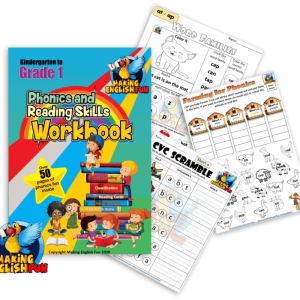


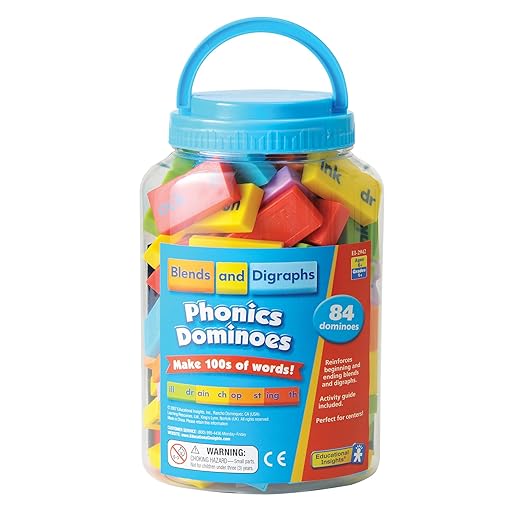
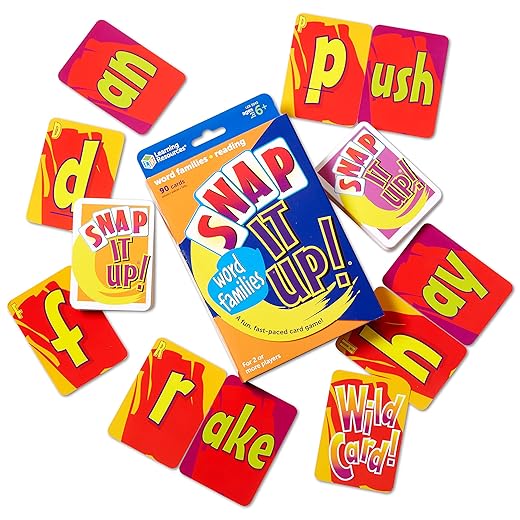

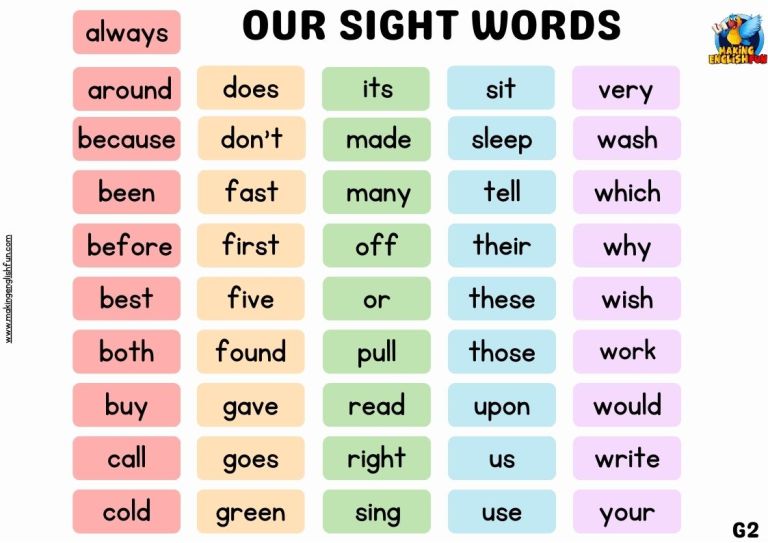
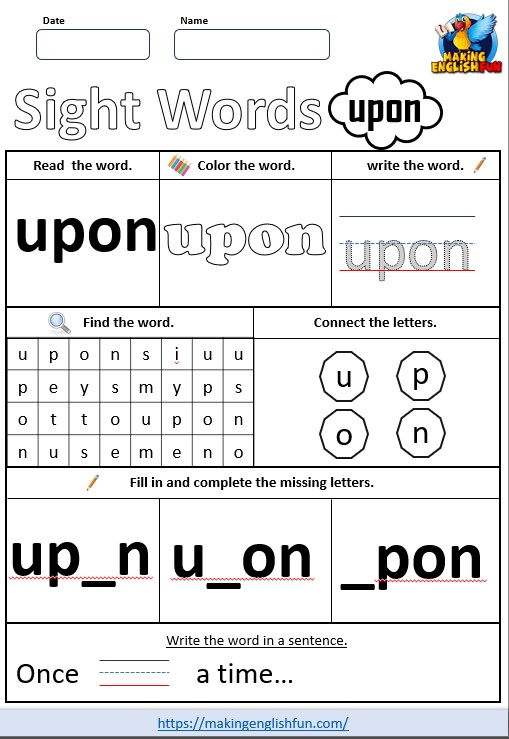
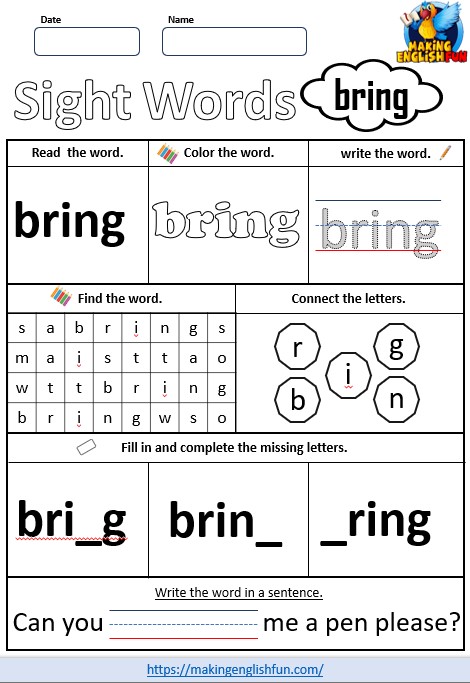
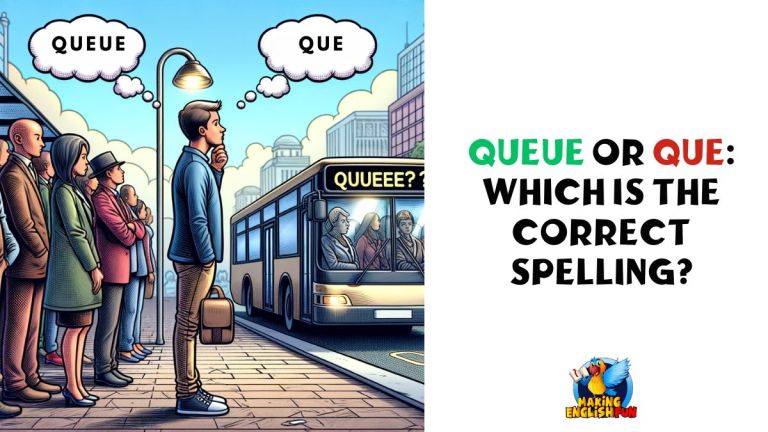
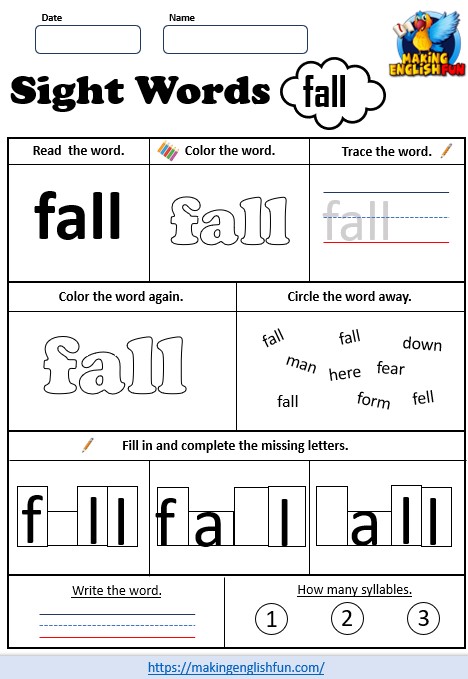
10 Comments